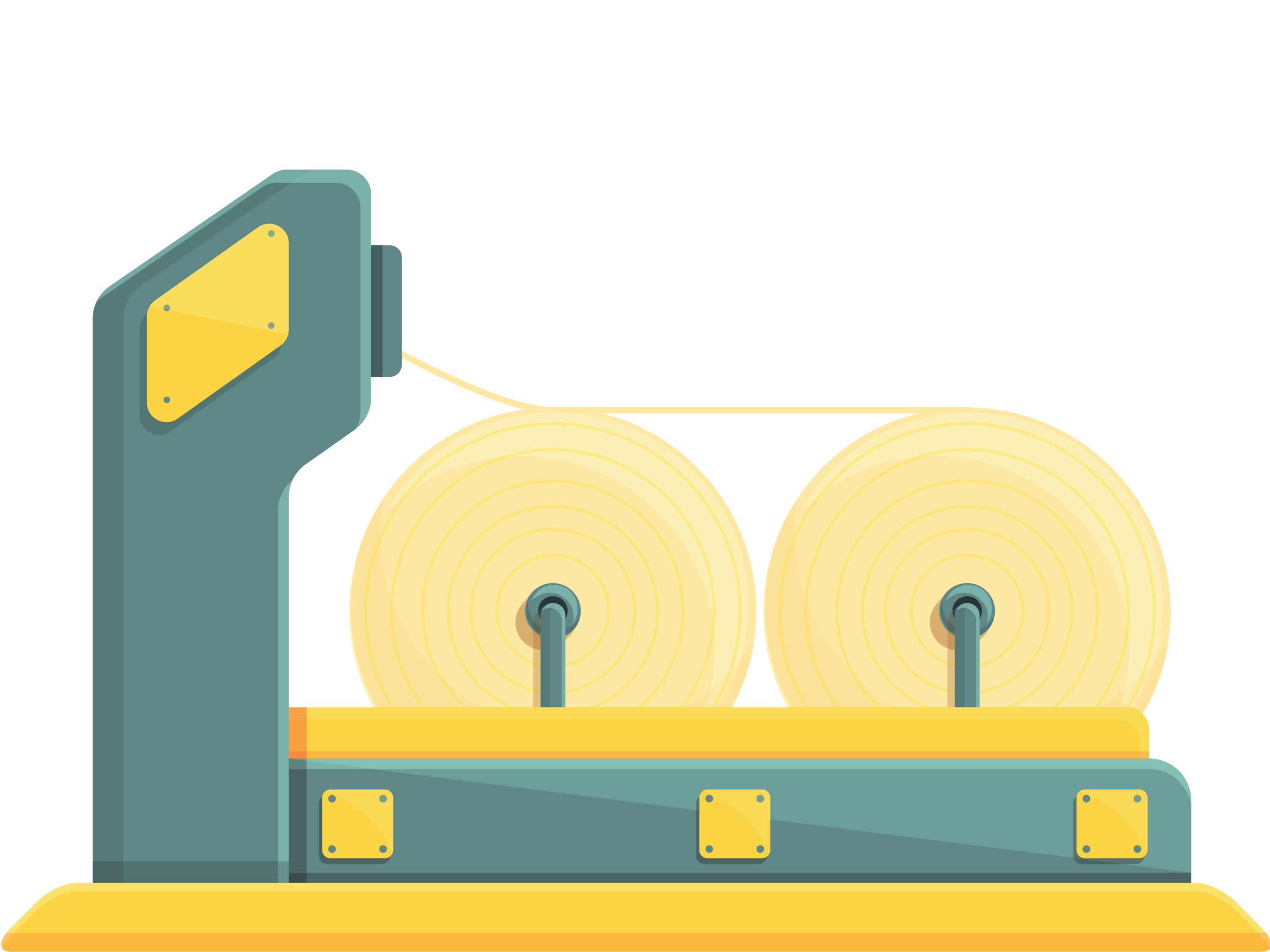Bleached and Unbleached Pulp: The Difference
- Bleaching has always been an essential part of paper production. However, with some drawbacks, manufacturers are also focusing on alternatives.
- Unbleached paper is now gaining popularity thanks to its sustainable and environmentally friendly nature.
Bleached and unbleached pulp are the two types of pulp that are frequently used in the paper industry. Both have distinctive qualities that make them suited for various purposes.
With the enormous growth in our technological advancement, the processes for producing and bleaching pulp have grown as well. Before the advent of modern bleaching procedures, most papers had a dark color scheme and did not retain their original quality.
In the early days of paper manufacturing, bleaching processes were not as advanced and most papers were yellowish in color. Fast forward to today, the market is dominated by white paper demand.
The production of plain white paper is only possible due to advanced bleaching processes. It is due to this process of bleaching that the naturally inconsistent color of pulp is turned white.
How is pulp bleached?
Pulp bleaching is a process of lightening the color of pulp using chemicals. The primary aim of the bleaching process is to remove the color from the pulp so that it can be used to make paper products that are whiter and brighter. Pulp bleaching is typically done using one or more chemicals, such as chlorine, chlorine dioxide, or oxygen.
The process of bleaching results in the removal of a majority of lignin. The remaining portion of lignin is highly colored. In some advanced forms of bleaching, remnant lignin is removed further.
Let us now understand the differences between bleached and unbleached paper.
1. Understanding bleached pulp
The most basic difference between unbleached and bleached pulp is in its color. As already explained above, unbleached paper is brown whereas bleached paper is usually much brighter and generally white.
From the technical viewpoint, bleached pulp constitutes pulp that has been made to go through a chemical treatment to make its color brighter. The chemical treatment also ensures that the paper does not become yellow when exposed to the sun and does not lose its texture over the course of time.
Bleaching can be categorized further into two types: oxidized bleaching and reductive bleaching. In oxidized bleaching, also known as non-chlorine bleach, is based on agents such as hydrogen peroxide and sodium percarbonate. On the other hand, reductive bleaching preserves some original features of the pulp, but the whiteness produced by it does not last as long.

2. Understanding unbleached pulp
This type of paper is untouched by chemical treatment. The wood pulp is left its natural color, which is usually a light brown. This type of paper is often used for things like wrapping paper, brown paper bags, and construction paper.
The best example in this sense is Kraft paper. The reason why Kraft paper is brown in color is due to the natural presence of lignin – which is removed in the bleaching process. Thus, it can easily be inferred that Kraft paper is produced from unbleached pulp.
A key difference between the two is also their environmental impact. When not disposed of correctly, bleached paper can leak artificial chemicals into the environment that can be significantly harmful.
A high number of paper producing mills are near water bodies. This is simply the result of the amount of water that goes into producing paper. However, this becomes a major source of chemical leaks into
the environment.
This is also one of the reasons for the growing popularity of nonchlorine bleaching processes and thus, an important consideration for paper producers in light of a more environmentally conscious consumer base.

Bleached VS unbleached pulp: The right choice
The choice between bleached and unbleached pulp depends entirely on the intended application. They both have different uses and there cannot be a general answer to this question.
For instance, unbleached kraft paper is utilized for industrial packages and personal usage bags that require heavier weight capacities. However, the same paper would be completely unfit for printing purposes – wherein bleached paper would be far more appropriate. In contrast, tissue paper can be produced using either of the two based on the target consumers.
Therefore, the nature of the use and the target consumers will determine which type is better for that specific purpose or product.
With newer grades of technology filtering out unsustainable avenues of paper manufacturing, doors for newer and more sustainable alternatives are opening. Stay in tune with the latest industry updates only with Coniferous.


